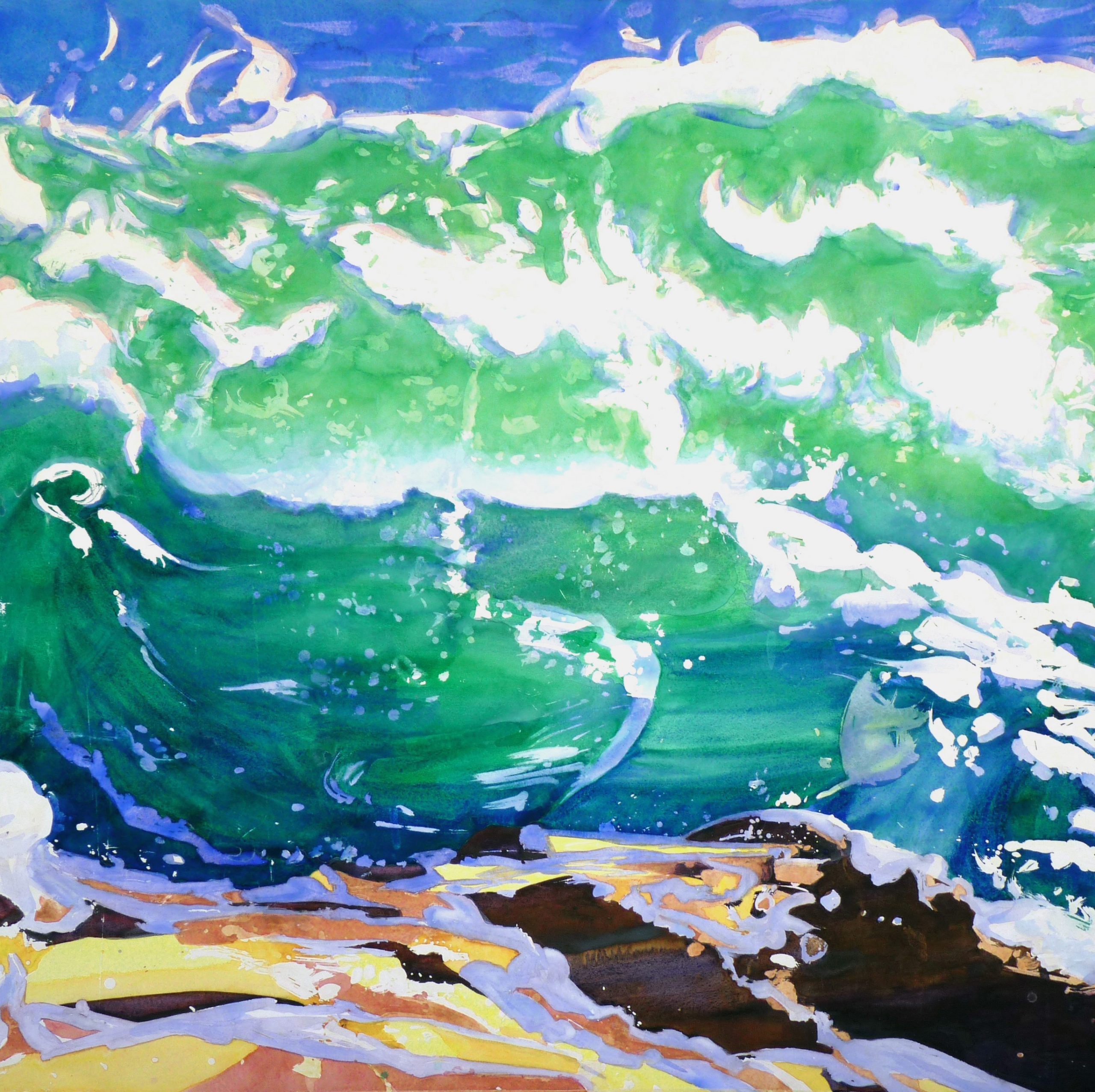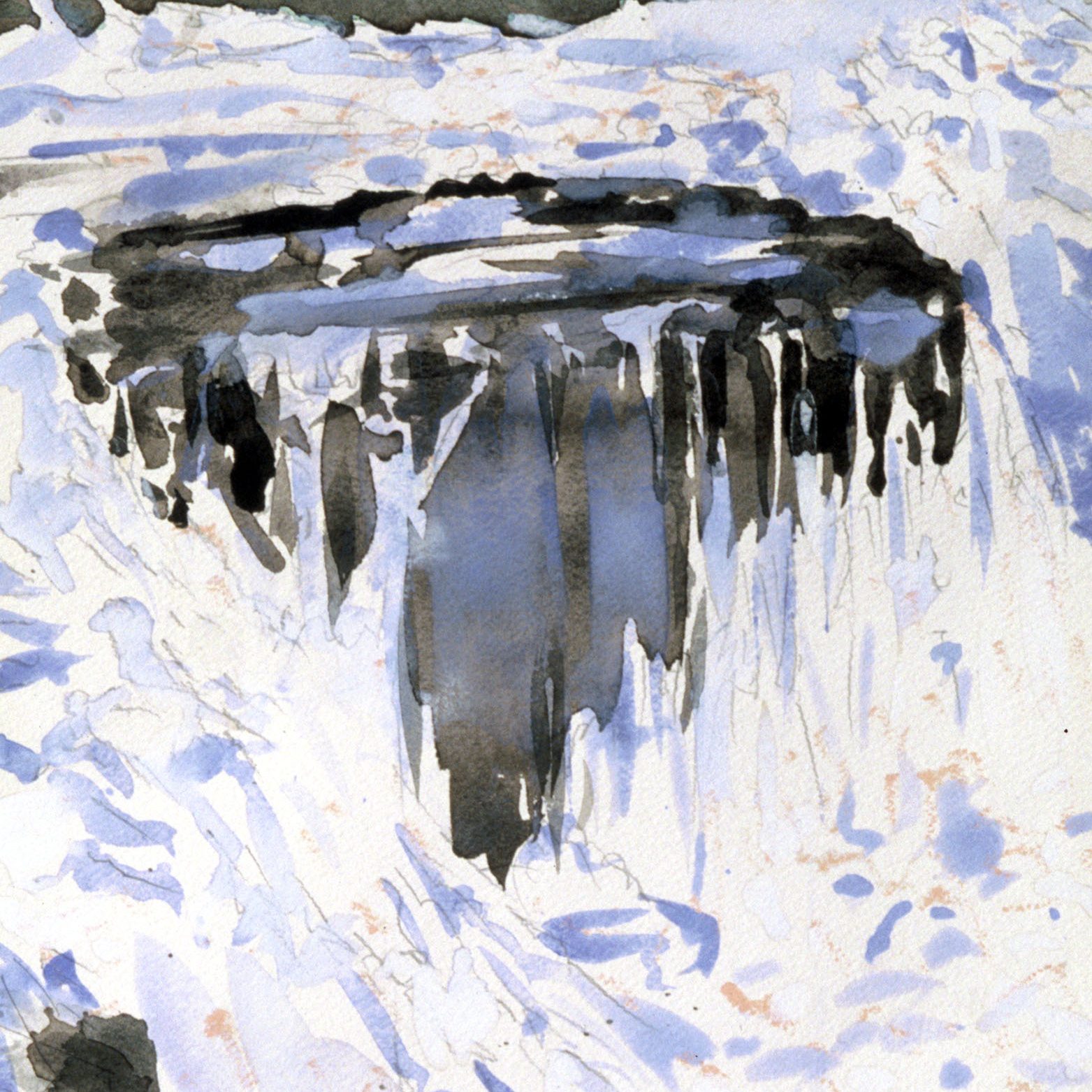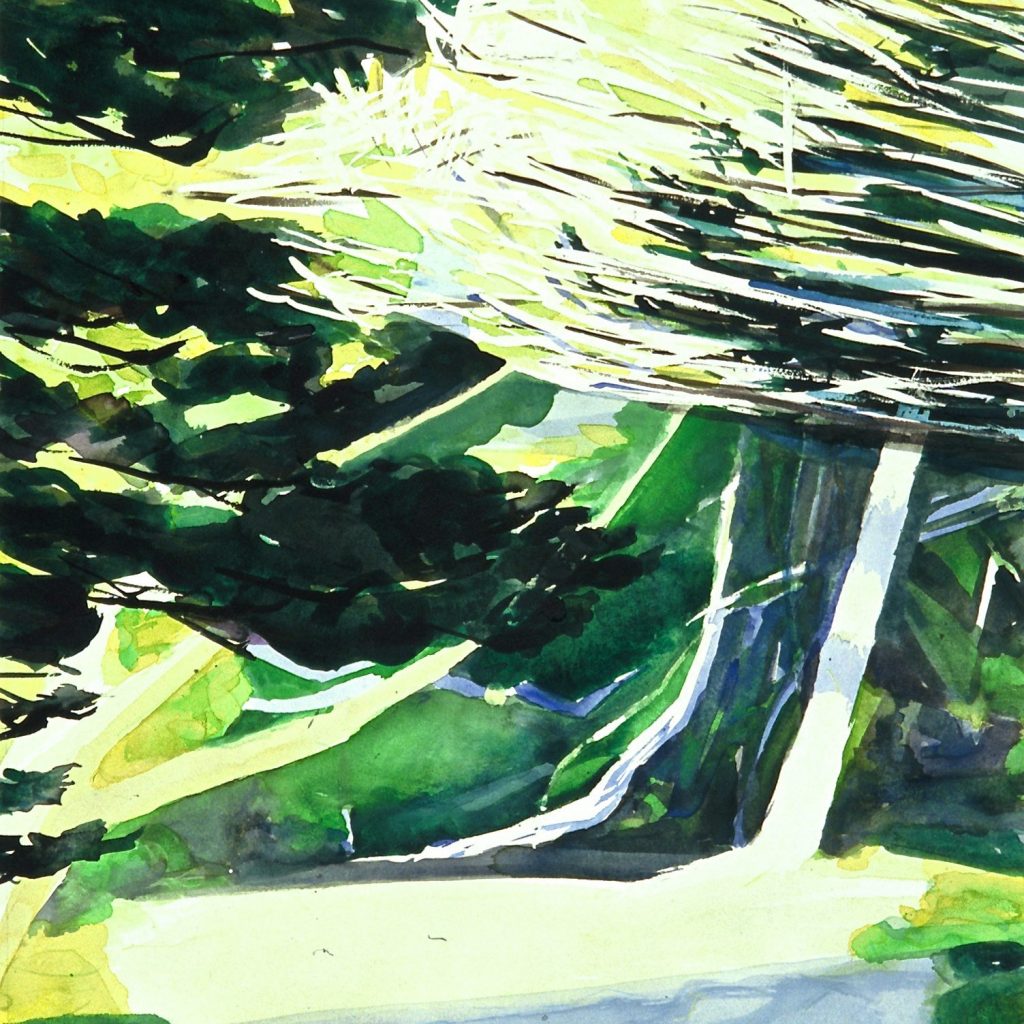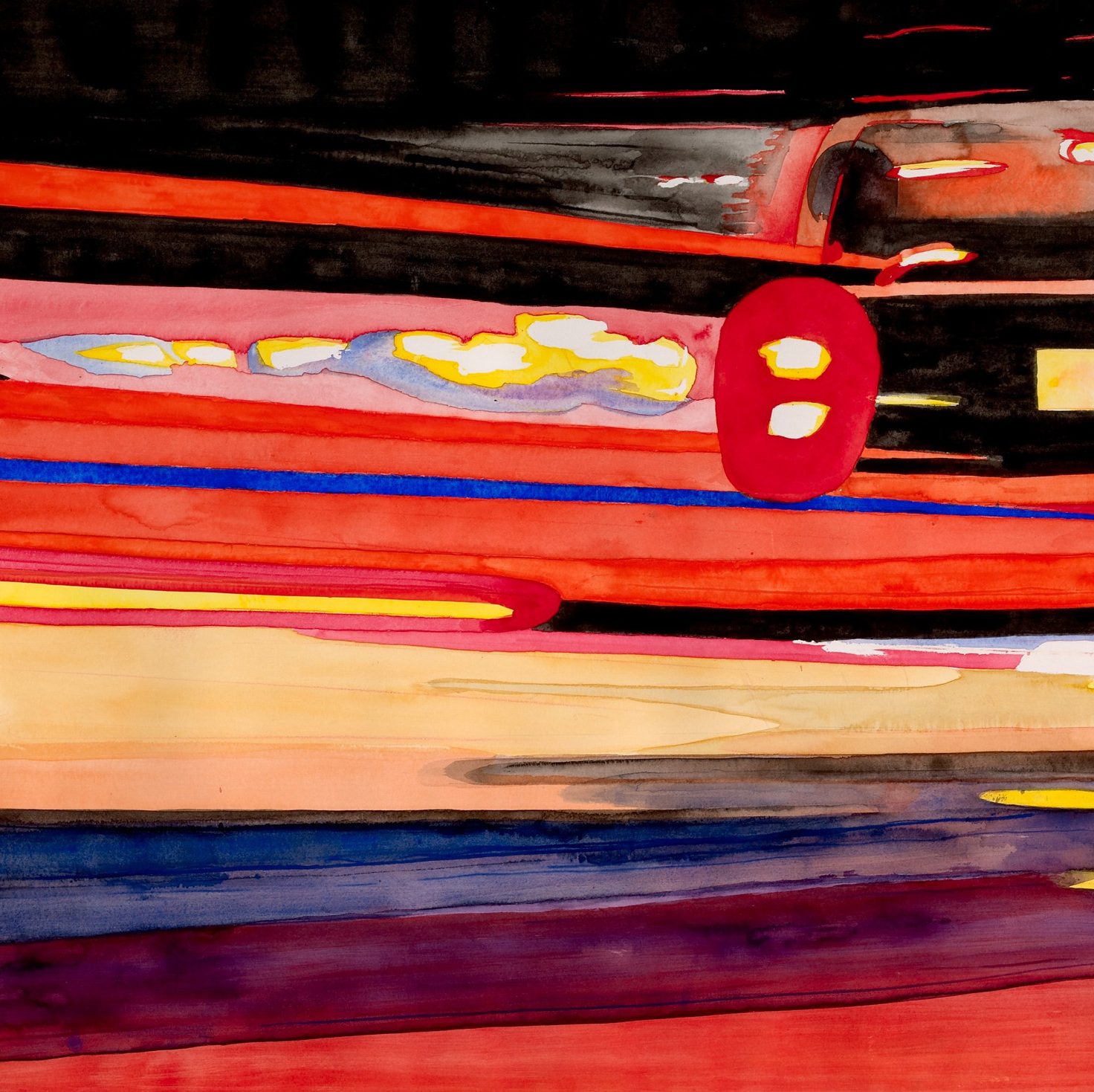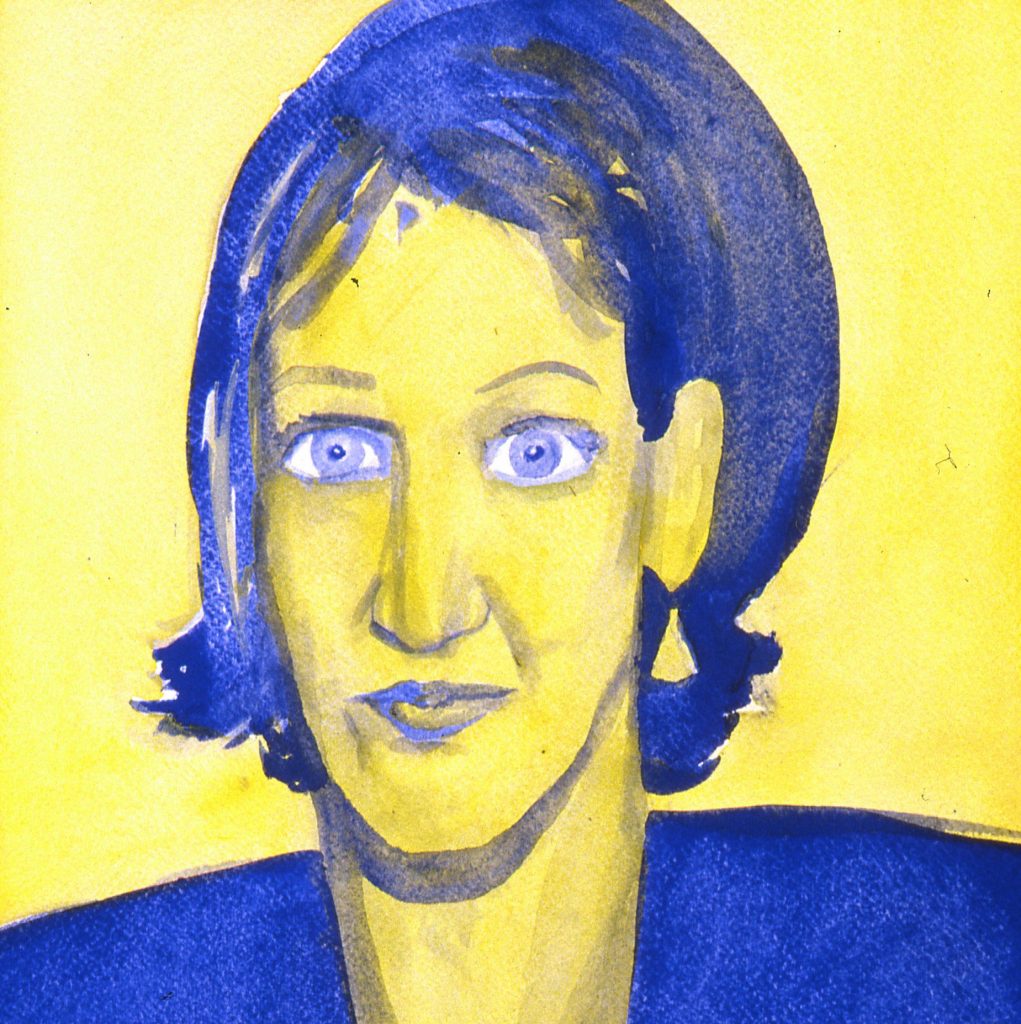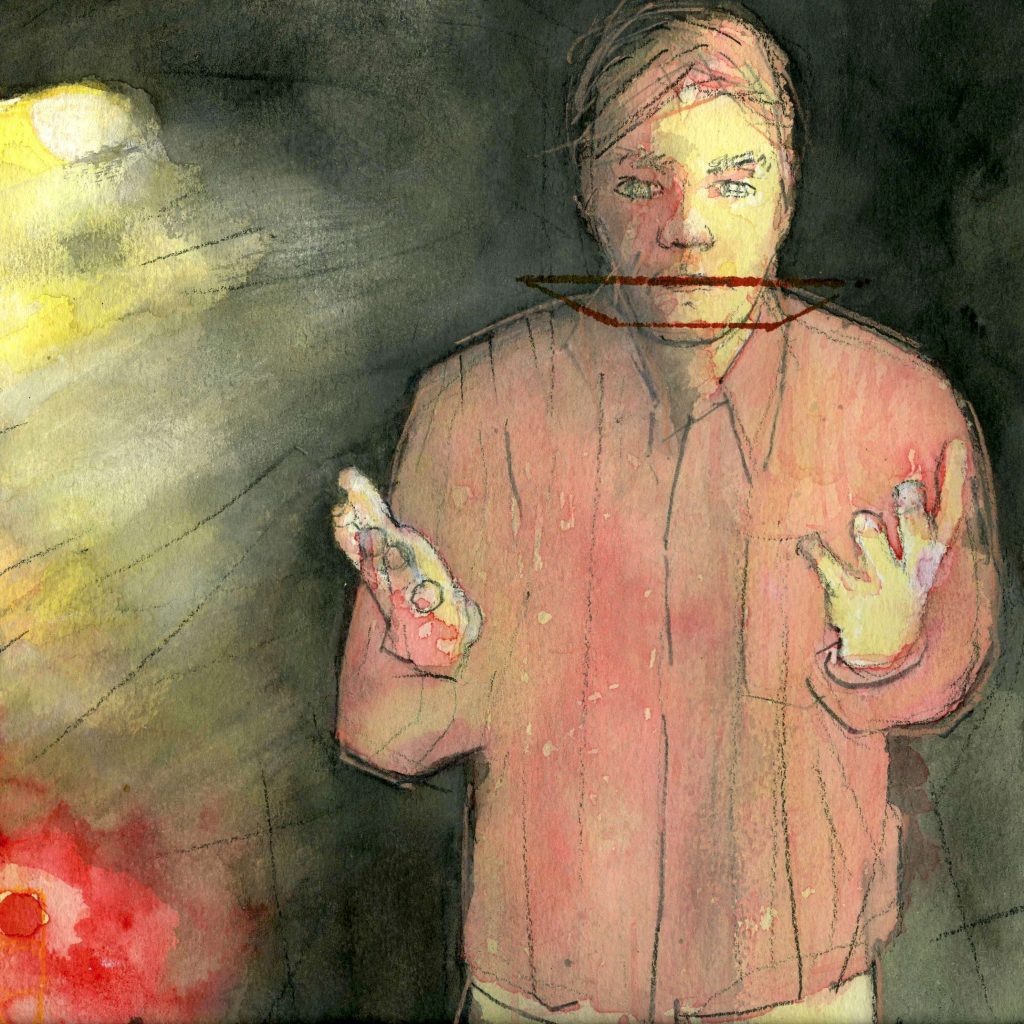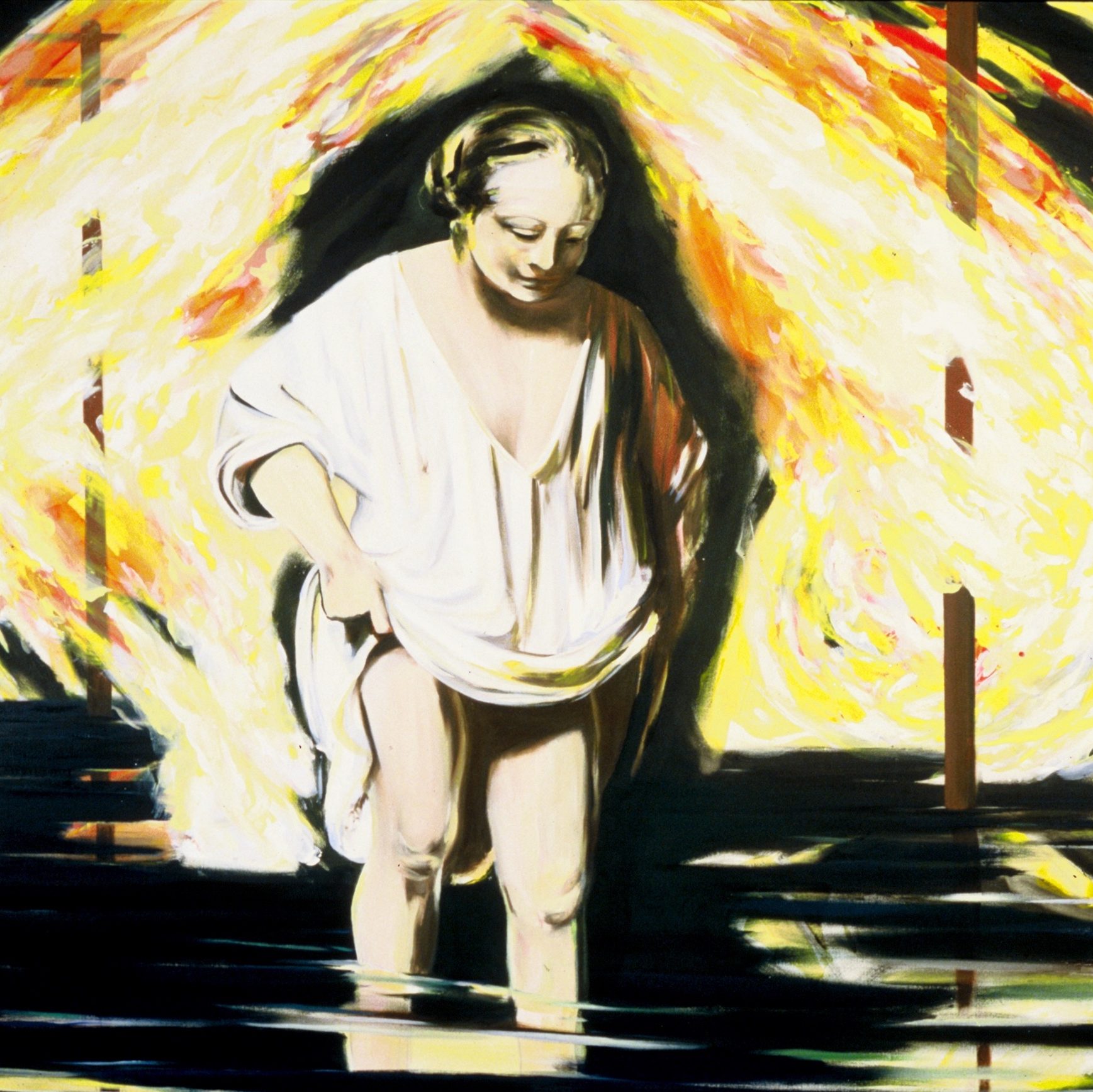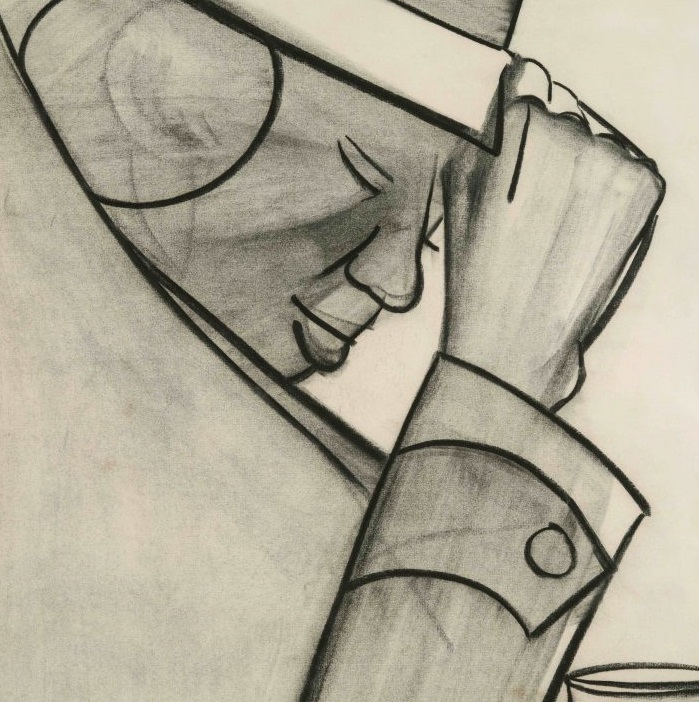William Stanisich
When I began painting there was one true church—Abstract Expressionism. The orthodoxy was suffocating but, fortunately for me, I had taken classes in high school at the San Francisco Art Institute, where form and gesture allowed the paint to express itself. Abstraction served the figure by prioritizing structure. Everyone painted like Diebenkorn, Park, and Bischoff, whose realistic forms were rendered in abstract gestures. These goals have remained with me while the language of paint itself has been my main subject.
Click on an image to expand its corresponding gallery
I followed my instincts across the years and have explored the figure, landscape, cityscapes, water, and fire. My search for the light within has vitalized these subjects. Watercolor has been my favorite medium because it has the miraculous ability to convey life by its immediacy of touch and expression. I learned most from Cezanne, Sargent, Homer, and O’Keefe for their structure and openness. Throughout the 20th century the strictures on painters have loosened. What had once been called eclecticism (“bad”) became freedom (“good”). Picasso remained identifiably Picasso no matter how classical or cubist, Richter remained Richter no matter how documentary/realist or abstract. The world has opened so that I was free to roam – which I did.
Throughout this website of work across 50 years, my subject matter and styles may have changed but one principle remains constant: all my work has an abstract structure that supports a recognizable subject. These works are as abstract as they are realistic. This paradox keeps drawing me forward, seeking to reconcile the contradictions that arise visually while attempting to render motion and light on the picture plane.
